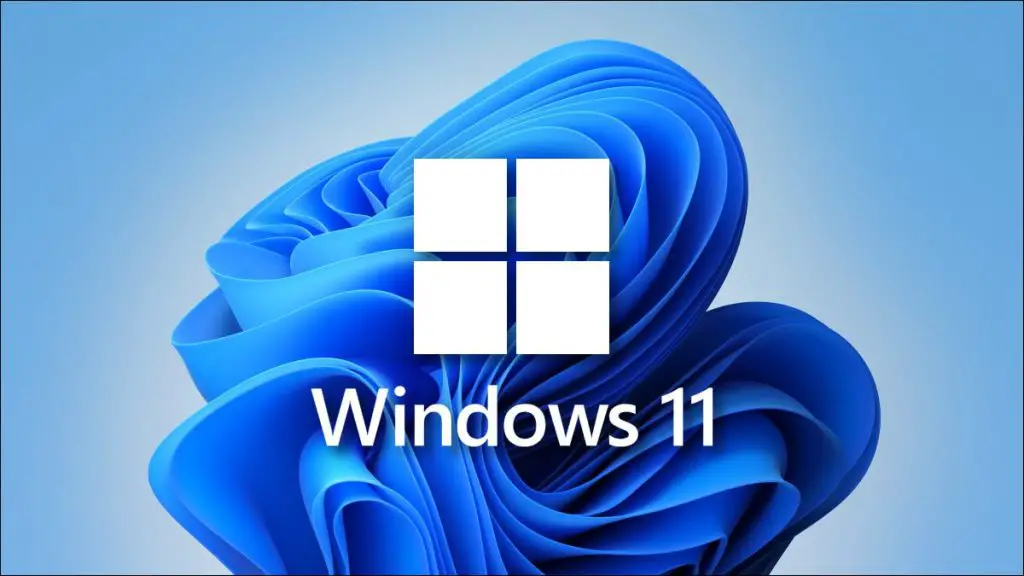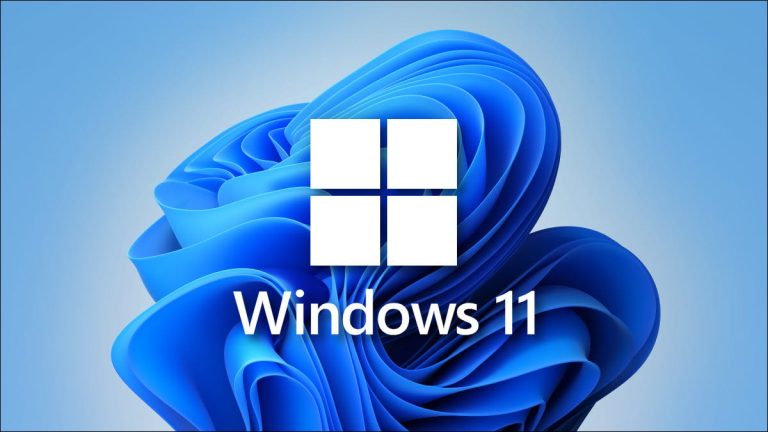
Microsoft once again finds itself correcting its own update—an update that had previously caused certain machines to boot into recovery mode with a cryptic error message.
The issue emerged following May’s Patch Tuesday: the update failed to install on some systems running Windows 11, particularly virtual machines. Affected devices were subsequently forced into recovery mode, displaying a boot error related to a missing or corrupted ACPI.sys file, accompanied by error code 0xc0000098.
The malfunction impacted Windows 11 versions 22H2 and 23H2. Although virtual machines bore the brunt of the problem, Microsoft acknowledged that isolated incidents were also recorded on physical devices. The disruption primarily affected IT administrators, while typical home and professional users remained largely untouched.
Update KB5062170 addresses this particular flaw, yet leaves unresolved another issue—blurred rendering of Noto fonts in Chinese, Japanese, and Korean when viewed in Chromium-based browsers at 100% display scaling. A temporary workaround remains: increasing the scaling to 125% or 150%.
The release of out-of-band patches has become routine for Microsoft. Even server editions of Windows have not been spared. Earlier this year, a separate update was required to fix a NUMA-related bug that prevented certain servers from booting.
A similar emergency patch was issued in May for Windows 10, aimed at resolving a glitch that unexpectedly forced devices into BitLocker Recovery mode.
While Microsoft deserves recognition for its prompt response, it would be far more desirable if its updates didn’t require immediate “repairs” upon release.
